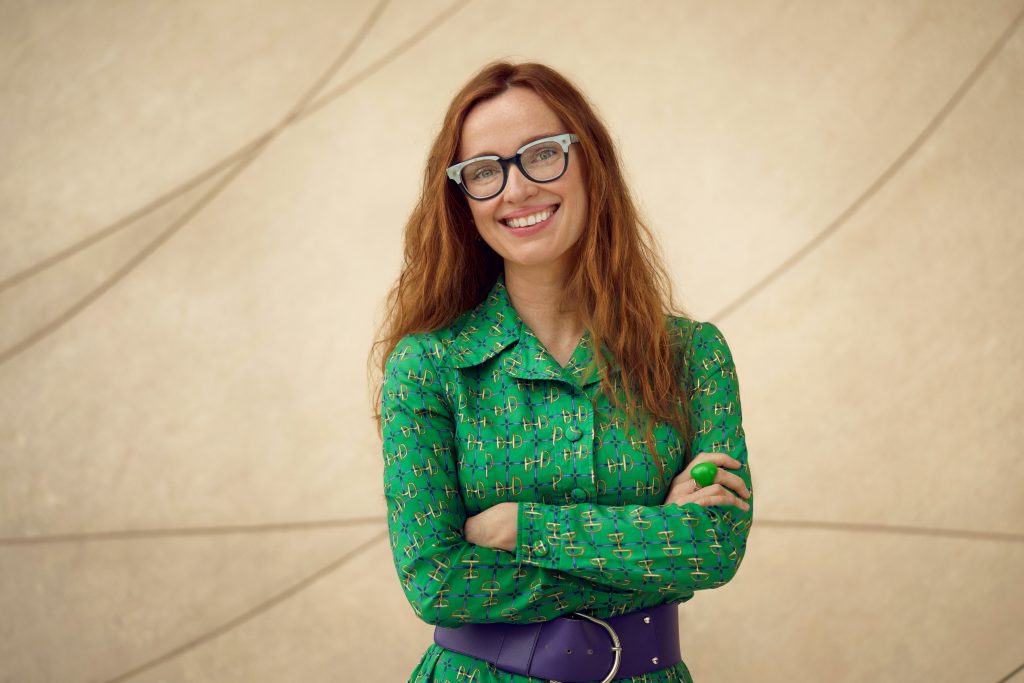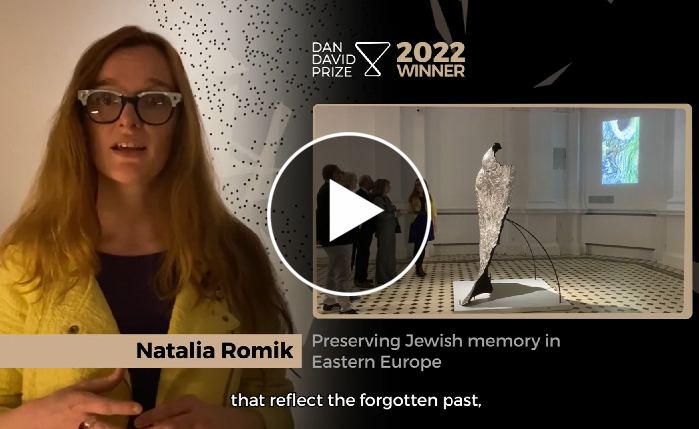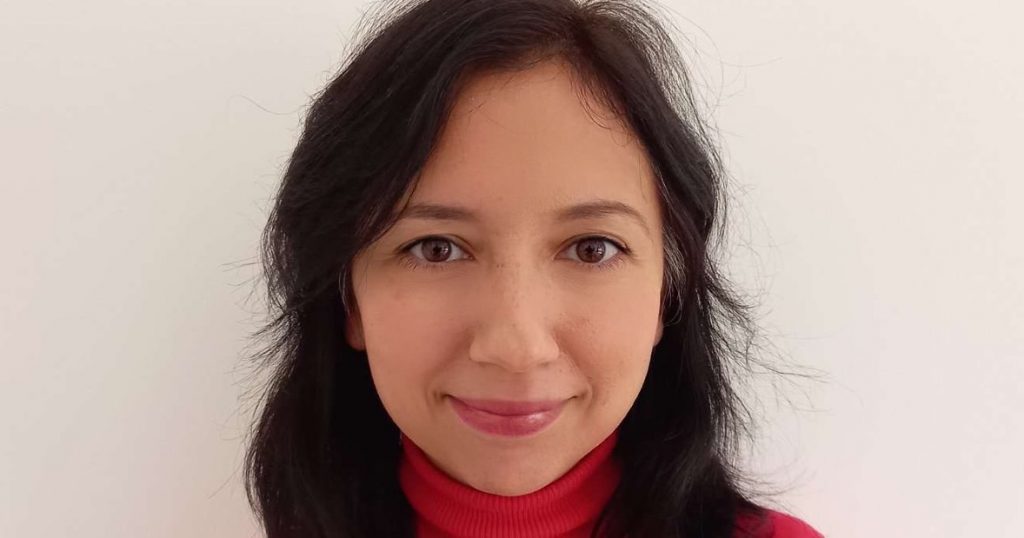Natalia Romik
Postdoctoral Fellow, Foundation for the Memory of the Shoah, Paris

Natalia Romik
Postdoctoral Fellow, Foundation for the Memory of the Shoah, Paris
Natalia Romik is a public historian, architect and artist whose work focuses on Jewish memory and commemoration of the Holocaust in Eastern Europe, particularly Poland and Ukraine. She has curated exhibitions, participated in rebuilding sites of remembrance and created the Nomadic Shtetl Archive Project, designed to engage local communities in remembering lost Jewish lives in small towns.
Romik is currently working on exploring and preserving hiding places used by Jews in the Holocaust.
Romik’s work combines archival investigation, theoretical research, architectural design, artistic practice, and social engagement. She has dedicated her efforts to investigating and preserving Jewish memory, especially its material and architectural traces, and the forgotten legacy of shtetls – small, historically Jewish towns.

She has designed exhibitions, staged performances and created nomadic installations in an effort to revive the spectral presence of Jewish communities while battling social amnesia and combating persistent antisemitism.
Natalia is a postdoctoral fellow at the Foundation for the Memory of the Shoah in Paris.
Romik holds an MA in political studies from the Warsaw University. She has been an active architect, designer and artist and was awarded a PhD at the Bartlett School of Architecture at University College London. She is currently a postdoctoral fellow at the Foundation for the Memory of the Shoah in Paris.
Romik has been awarded numerous grants, including the London Arts and Humanities Partnership and the Scholarship of the Minister of Culture and National Heritage of Poland for her project Jewish Architecture of (Non-)Memory in Silesia.
Between 2019 and 2021 her postdoctoral research project Hideouts – an architectural analysis of the secret infrastructure of Jewish survival during the Second World War – was supported by the Gerda Henkel Foundation. The project has continued with the support of the Foundation for the Memory of the Shoah.
Romik collaborated with the Nizio Design studio and was a consultant for, among others, the POLIN Museum core exhibition design, and took part in revitalizing a synagogue in Chmielnik. Since 2016, Romik has been a member of the SENNA architecture collective, responsible for, among others, the exhibition at the Museum of Jews in Upper Silesia in Gliwice (nominated for a European Museum of the Year Award in 2020) and permanent exhibition at the Brodno Jewish Cemetery in Warsaw entitled Beit Almin – Eternal Home.
In 2018, she co-curated the exhibition Estranged: March ’68 and Its Aftermath at the POLIN Museum of Polish Jews. Currently, SENNA is designing a commemoration of Oneg Shabbat – the archivists of the Warsaw Ghetto – at the Jewish cemetery in Warsaw. Romik’s solo exhibition Hideouts: The Architecture of Survival can be seen at the Zacheta National Gallery of Art in Warsaw and TRAFO Art Centre in Szczecin between March and November 2022.


